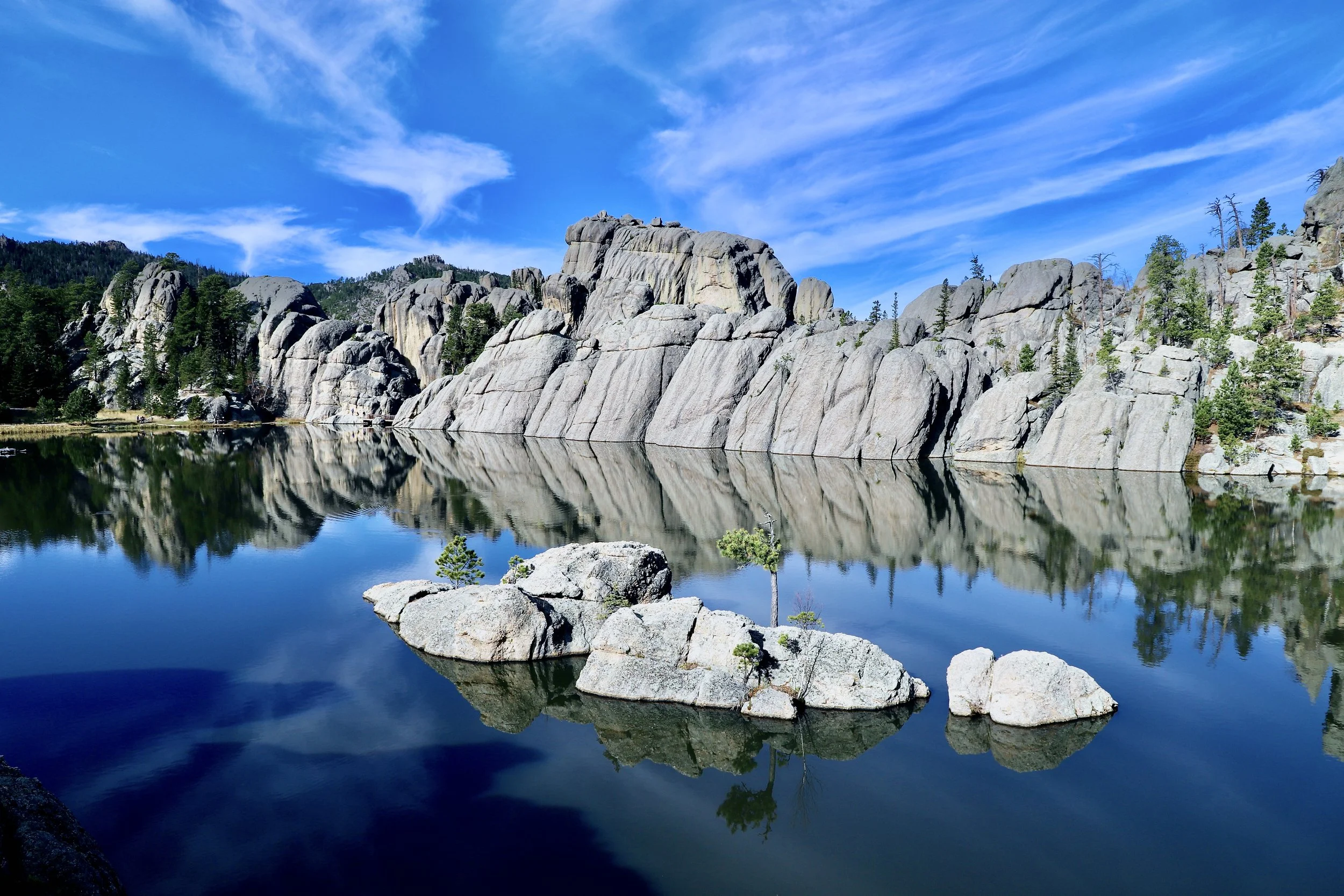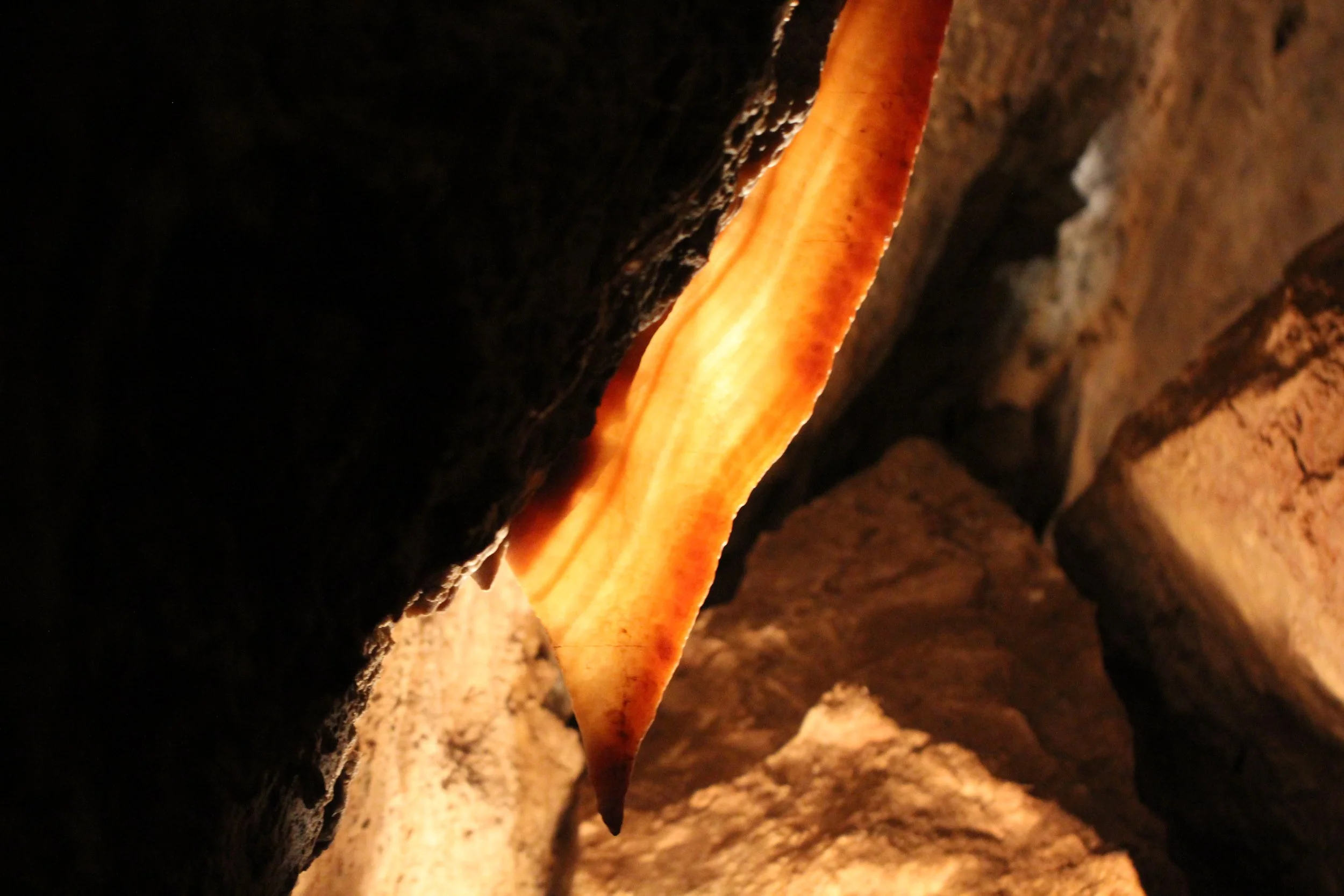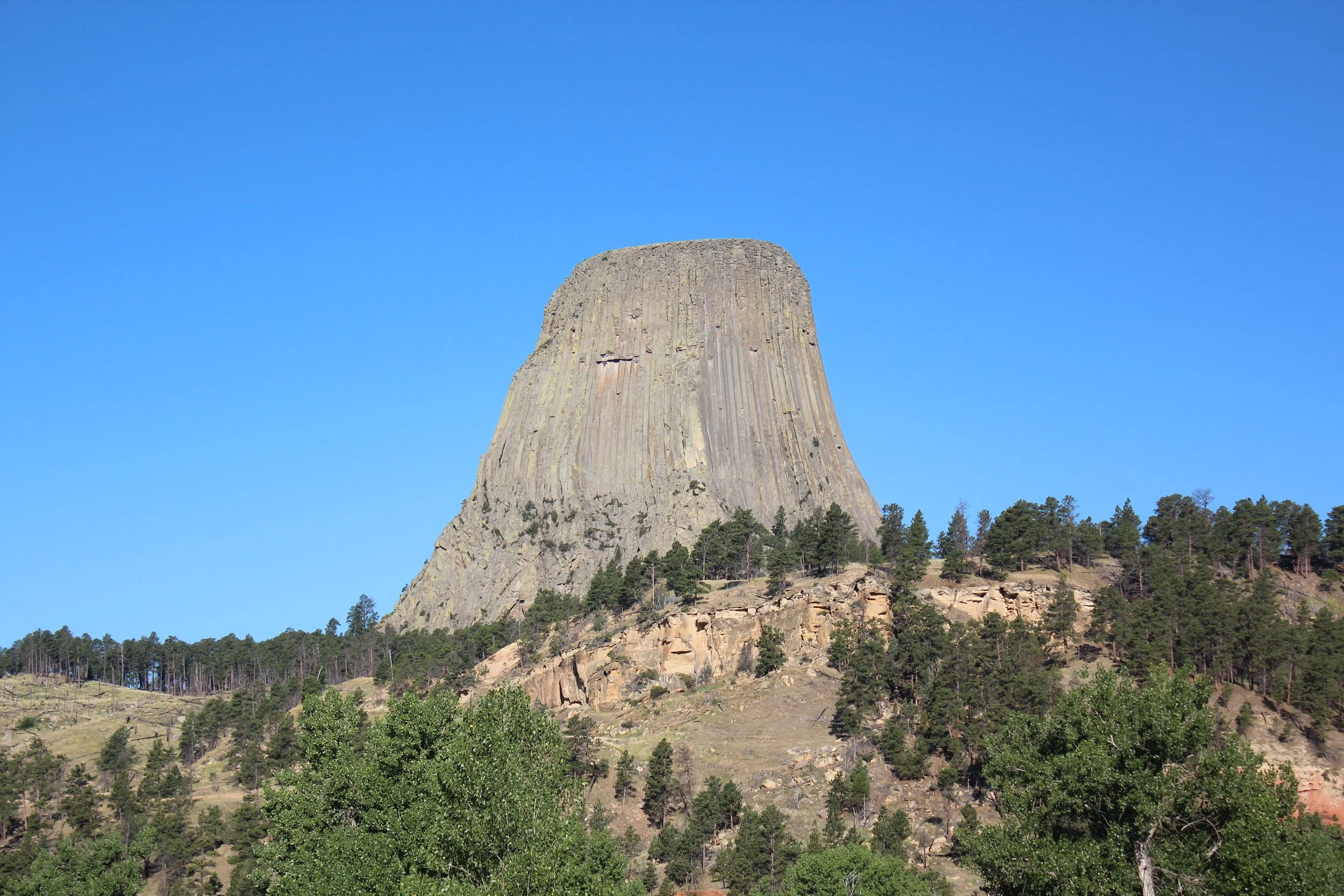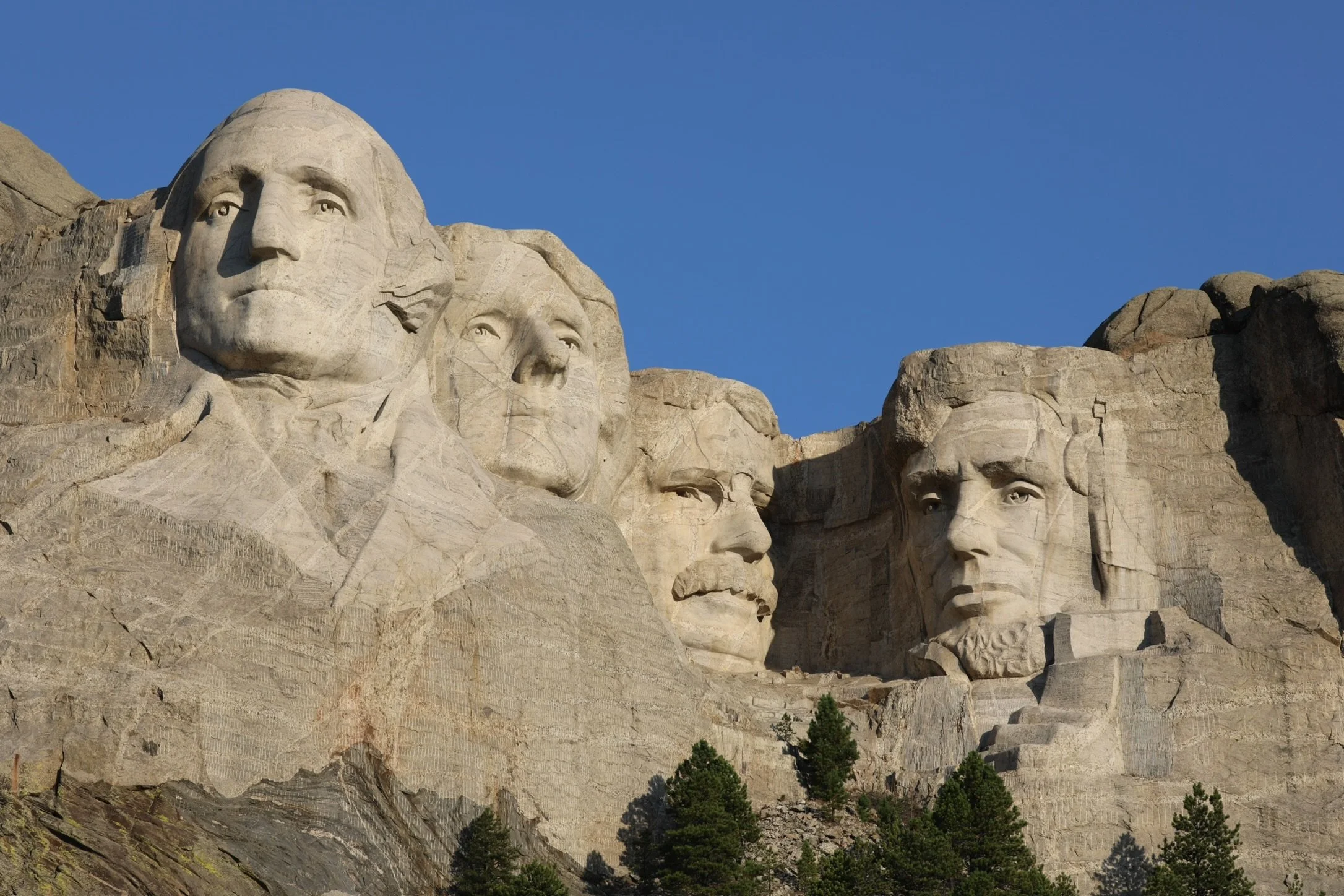Heading Down South Kaibab Trail
If you would like to receive notification of future posts, please sign up below. I will not share your email address information with anyone.
It’s January. I spend this cold month dreaming and planning for my year’s adventures, and if I’m lucky, this will include some ridiculous and amazing hike, and it will require me to do at least some level of training. In January 2016, my husband and I decided we were going to hike the Grand Canyon rim to rim to rim, and this was the first hike I ever needed to train for. To be honest, it was me that decided we should do this hike. Chris had promised to be with me in the best and worst of times, which very well describes hiking into the Grand Canyon – hiking down as the best, hiking up the worst; and he felt obligated to join me to carry me out of the canyon if needed.
The rim to rim to rim hike is 23 miles from the South Kaibab trailhead to the Grand Canyon Lodge on the North Rim and another 25.5 miles from the Lodge to the Bright Angel trailhead. The total elevation change on this hike is 20,682ft (divide that in half for the elevation we walked up…) and consider that the North Rim sits at 8,297ft in elevation. Yikes…
Now I had this audacious goal in front of me, the next step was to figure out where to start. I have two boys (then 4 and 8) and I work outside of the home. This left me with no time to ever think about taking care of me or my body, so consider me essentially starting from scratch. As with all daunting tasks that I face in life, I started by reading. (A side, the first time Chris and I ever went shopping for baby items – the only thing we ended up buying was a book to learn about what we needed to buy… I might be a bit too much like Hermione Granger)
I am not a fitness trainer, but I lived through this hike, and made my way down to the river again once more. This year I am training for my first backpacking trip, where Chris and I are off to the Sierra-Nevada Mountains. I’m assuming you can guess who had this idea too…
Bright Angel Switchbacks
The goal of this post is to convince you that if you have a dream, you can do it. Find good advice that makes sense to you, plan, and do it. You live exactly once. If hiking is your dream, here is a summary of what I learned from other hiker/bloggers, and the approach I have taken to training.
Give Yourself Time
Hiking down the Grand Canyon, or to the top of a mountain, or going on a long backpacking adventure does not just involve the time commitment of your actual hike. I give myself at least 6 months to prepare. The difference between training for an intimidating hike and a New Years resolution is that I don’t want to die. This is much better motivation, but there is a real time element commitment that I must make to myself when I am planning such a hike. Once I make my plan, I stick to it religiously, even when it is impossible to find time to do it, and even on the days that every muscle is sore and I am exhausted. Even after all the hours I trained, this hike was still crazy hard. I can’t imagine doing it with less preparation. Now I actually look forward to training each winter / spring. It keeps me healthy, and that is something new that I’ve come to value.
Colorado River at the Bottom of the Grand Canyon
Cardiac Health
Out of all of the muscles needed for a hard hike, the most important one is your heart. It needs to be pumping efficiently the entire time, especially on ascents, and especially at higher elevations where the air is thinner and there’s less oxygen. This is when your heart is working overtime. I don’t plan on having a heart attack while hiking, so I pay attention to my heart rate while I am training.
According to FitBit, your max heart rate is ~ 220 – your age. For me that is ~185. I want to get into my peak heart rate (155-185) and stay there without going over my max rate for 20 or so minutes. Then I watch how quickly my heart rate falls during a cooldown. When I start training, my goal is 3 days of cardio workouts a week for the first month. Then 4 days a week for the second month, and then 5 days a week for the remainder of my training period. This helps ease into an already busy schedule. By the time I hit 5 days a week, I’m already looking forward to working out and adding another day isn’t too hard. Starting straight out at 5 days a week would set me up for failure, and once I fail at that, I’ll let myself slide in other aspects of training. If my schedule allows me to hit a 6th day in the last two months of training, I will add it as “extra credit”, but life is busy, and it’s impossible to commit to that 6th day. I always keep the 7th day off to let my body rest, and I pick a day in the week that I wouldn’t have time to workout anyway.
I work hard in my cardio sessions – running, climbing steps, walking quickly up a constant incline, or hiking hills. I’m lucky - I have a gym at work, and love to work out over my lunch break. It doesn’t often work every day, but usually I can squeeze in 3 of my weekly workouts over lunch. This helps with having an already busy schedule.
Going Down is Optional, Going Up is Mandatory - Unfortunately, the trailhead is at the top…
Endurance
During the rim-to-rim hike you will hit a point where you honestly believe you will not make it. Mentally and physically. You will be tired, everything will hurt, and you will have no motivation to go on. So you have to workout hard enough to practice telling yourself to keep going anyway. Telling that voice inside your head to shut up so you keep moving is just as important as working out your heart muscle. You stop, you run out of water or other important supplies, you won’t make it. Don’t plan on a rescue mission being your way of finishing this hike. Take lots of quick stops and then keep moving.
I run up 100 flights of steps on the stairmaster as fast as I can and when it gets easy, I go faster and add a weight vest. I walk up a constant hill on the treadmill, and when that gets easy, I increase the elevation and add weight. I also run, starting with 2 miles, and as that gets easier, I increase my mileage getting up to 10 miles in the week leading up to our hike. Keep getting to that point where the voice in your head is telling you you have to quit, that you can’t keep going, and do it anyway. Maybe not every workout, but at least a few of them in a week. Keep showing yourself that you can even when you are telling yourself you can’t.
Success is Not Beautiful - but the sunset from the North Rim was!
Strength Training
There are three groups of muscles that I focus on when it comes to strength training – legs are the obvious muscle group. There is no way to walk without using your legs, so you need every ounce of leg muscle you can get. Focusing on arms was a surprise to me as I was reading the advice of other hikers. As I used hiking poles, at the end of the hike I was using my arms to claw my way out of the canyon on that last mile as I had nothing left in my legs to walk on. Having the upper arm strength was a smart idea. The last muscle group is abs – your core. Not so critical on the way down, but when you walk uphill, you lean forward and your abs are going to be engaged most of the way, especially because you are carrying weight on your back. Here is a quick list of the exercises I do. I start with a small number of reps and add 5 each day until I hit a point that the strength training is up to 30 mins. That’s all that I have time for, so I stop there. After I hit 30 days, I add weight and start over with a small number of reps.
Legs – Squats, Lunge Kicks, and Single Leg Toe Touches
Arms – Push-ups, Opposite Arm and Leg Raises, and Arm Circles
Abs – Sit-ups, Crunches, Side Crunches, and Planks
Noteworthy Advice - Don’t Hike into the Canyon Unprepared
Practice
The last bit of training is practicing. If you are a runner, you practice running. If you are a swimmer you, you practice swimming. So if you are a hiker, you need to practice hiking. Pick out some local state or regional parks and enjoy exploring while you practice hiking. Ideally, pick some hikes with elevation, and try out a long hike if you’ve never done this before. Neither my husband or I had ever walked 20 miles before. We did a practice hike on the Superior Hiking Trail and walked for 22 miles on the first day and another 10 on the second. This was important. We learned in this hike just how much one blister could change the success of a hike if we weren’t prepared. We then found moleskin. I won’t go hiking anywhere without this in my backpack. This was also an important time for us to realize what we needed and wanted to carry in our backpack. It’s hard to imagine the weight for that many hours in a day, but this helped us be smart in what we packed.
South Kaibab Switchbacks by Skeleton Point
Of all the paths you choose in life, let some be made of dirt
Other Posts by NatureImpactsUs.com


















This is the story of the best hike of my life - Rim to Rim to Rim at the Grand Canyon with my husband